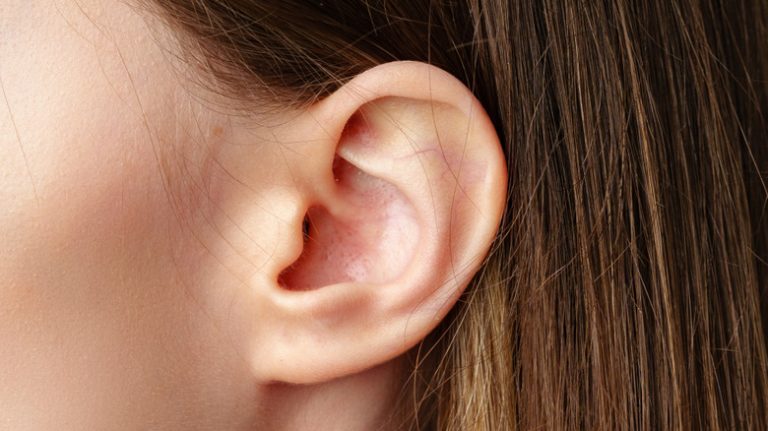
When a wave of nausea hits, the body often provides a few early warnings before you become physically ill. This may include gagging, a pale complexion, a faster heart rate, and increased perspiration.
Although unpleasant, vomiting is one of the body’s defense mechanisms (via Queensland Health). Whether due to infection, food poisoning, or motion sickness, the body recognizes a threat and works to eliminate it to maintain health.
How does the body accomplish this? Upon detecting a threat, the brain’s chemoreceptor trigger zone (CTZ) becomes active. If the CTZ determines that vomiting is the best way to counter the intruder, it initiates the vomiting process by sending signals to the body. As noted by BBC Science Focus, these intruders can include stress hormones, toxic substances, or even swaying sensations that disrupt the body’s balance.
Activation of the Sympathetic Nervous System

The urge to vomit can be triggered by various factors, such as food allergies, pregnancy, migraines, specific medications, the stomach flu, and more (via Penn Medicine). While some warning signs, like gagging, are clear, the link between sweating and vomiting might be less obvious.
As you begin to vomit, the body increases saliva production in the mouth (via BBC Science Focus). This provides a protective layer for your mouth and teeth against stomach acid. The body also prompts you to inhale deeply to prevent vomit from entering the lungs. Short, sharp diaphragm contractions create pressure in the stomach, leading to dry heaving. The body then closes off the lungs’ entryway as stomach muscles contract and the stomach’s exit seals shut.
Sweating occurs in the final stage. As your sympathetic nervous system activates, your heart rate rises, and the body releases sweat to cool down.
Take Action After Vomiting

After vomiting, it may feel like the worst is behind you. However, it’s crucial to care for your body to stay healthy and hydrated. Avoid brushing your teeth immediately, as brushing can spread stomach acid and erode enamel (via Queensland Health). Instead, rinse your mouth with water or a fluoride mouthwash.
Next, replenish lost fluids and electrolytes. While water is beneficial, adding electrolyte powder packets can enhance recovery. Then, make sure to rest. If you feel hungry, choose light options like crackers or toast, avoiding alcohol, coffee, or sugary drinks.
While sweating generally subsides after vomiting, seek medical attention if symptoms like weakness, blurry vision, or difficulty walking or talking persist. The same applies if vomiting continues for over a day, you can’t retain liquids for 12 or more hours, haven’t urinated in 8 or more hours, or vomit three or more times in 24 hours (per Penn Medicine). Severe abdominal pain or vomiting accompanied by neck stiffness or headache also requires medical care.
“`




